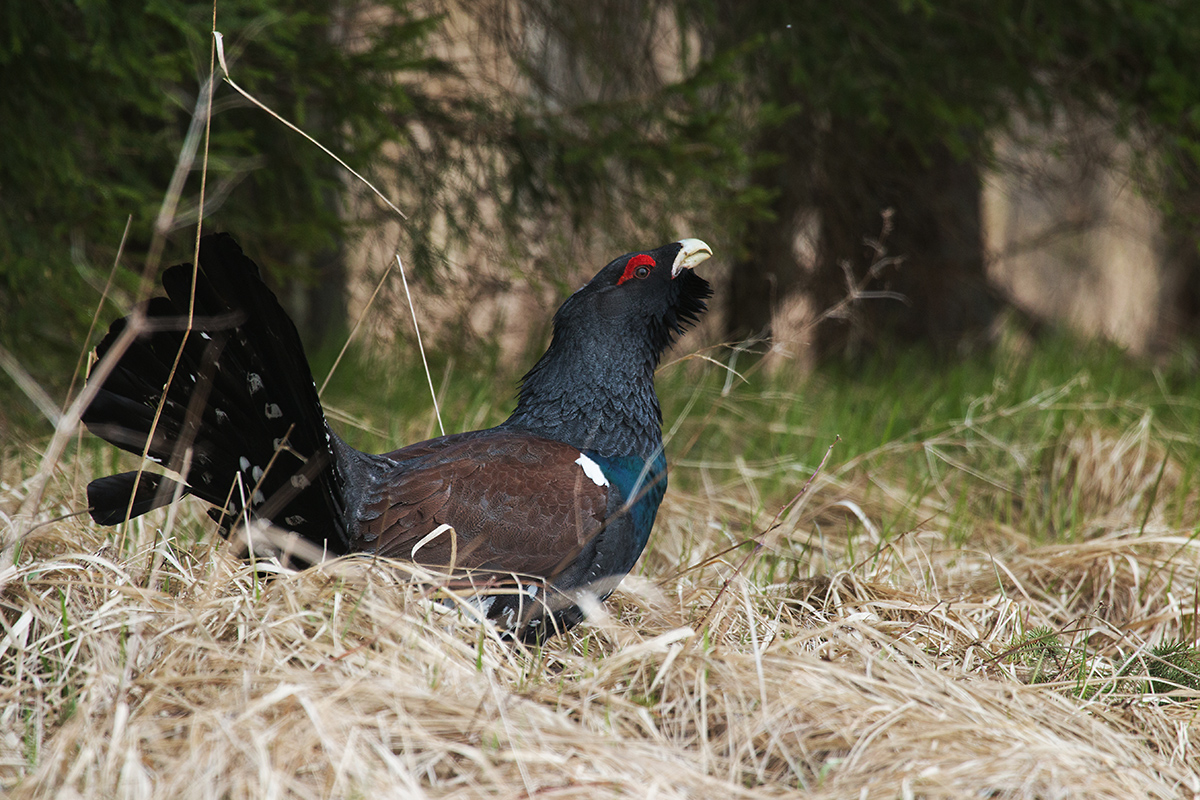In the course of Estonia’s fifth regional endangerment assessment (2017–2019), more than 13,500 species were assessed
The Red List is a database that compiles assessments of the endangerment and extinction risk of species. The Red List (formerly known in Estonian as the Red Book) helps scientists and conservationists better plan species conservation activities and assess their effectiveness. Endangerment assessment is one of the most important scientific bases for biodiversity conservation. As nature is constantly changing, the Red List needs to be constantly updated.

The International Union for the Conservation of Nature and Natural Resources (IUCN) has been publishing international Red Books since 1966. The first Red Book in Estonia was published in 1979 and was compiled by the Committee on Nature Conservation of the Estonian Academy of Sciences. Based on the Red Book, in 1982, a public edition with descriptions and pictures of species was published. The next Estonian Red Books were published in 1988, 1998, and 2008.
The current IUCN Red List categories (see figure) and criteria were first introduced in Estonia for the 2008 species endangerment assessment. In total, the endangerment of just under 10,000 taxa were analysed in 2008, of which around 4,000 species were assigned an endangerment category [1].
The fifth regional endangerment assessment of the Estonian species, i.e. the Red List, was compiled in 2017–2019. It again relied on IUCN categories and criteria, addressing more than 13,500 species. Of the 12,399 species assessed, 106 species (1%) were classified as extinct in the region (RE), 928 species (8%) were endangered (CR + EN + VU), and 6,059 species (49%) were deemed to be of least concern (LC). 473 species (4%) qualified as near threatened (NT) and in the case of 4,833 species (38%), the data were deficient for assessment (DD) [2].
Globally, 112,432 species have been assessed as at the beginning of 2020 [3], of which 27% fall into the category of endangered species. Less than 1,000 Estonian species have global endangerment assessments. Of species that are in critical condition (CR) on a global scale, the European mink and the eel are represented in Estonia; the European sea sturgeon is extinct in the region. Regional assessments encompassing all of Europe have been made for around 10,000 species [4].

Last modified: 16.11.2021
[1] M. Linder, K. Kaukver (koost). Eesti looduse kaitse aastal 2015. Tallinn: Keskkonnaagentuur, 2018, lk 105-106.
[2] Leivits, A. 2020. Punane nimestik. Eesti looduse kaitse aastal 2020. Keskkonnaagentuur.
[3] The IUCN Red List od Threatened Species
[4] European Red Lists of species